Thinking Class Class 11 Psychology
What is 'Thinking'?
It involves advanced mental processes such as abstracting, reasoning, imagining, problem-solving, judging, and decision-making, which enable us to manipulate and analyze information.
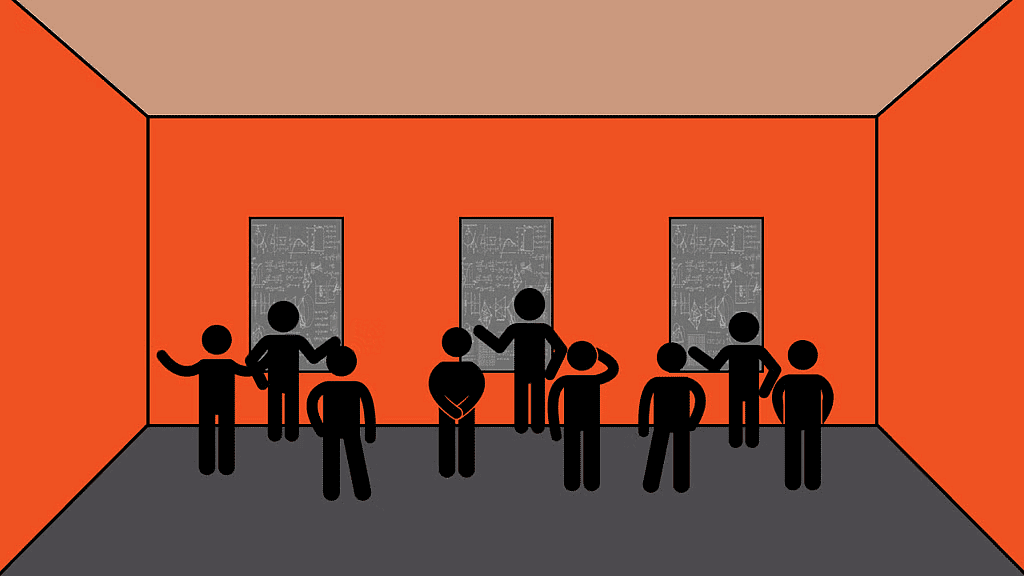
- Thinking is typically structured and focused on achieving specific goals.
- Thinking is an internal mental process that can be inferred from observable behavior.
- The ability to think is exclusive to humans, and it is considered the most superior cognitive function.
Nature of Thinking
- Definition of Thinking: Thinking is a fundamental cognitive process exclusive to humans. It involves the examination and processing of information obtained from the surroundings.
- Example of Thinking: Consider observing a painting. It's not just about the colors or brushstrokes; it extends to interpreting its deeper meanings and relating them to your existing knowledge.
- Nature of Thinking: Thinking is a sophisticated mental activity where we manipulate and dissect acquired or existing information. This process encompasses abstracting, reasoning, imagining, problem-solving, judging, and decision-making.
- Organized and Goal-Directed: Thinking in psychology is typically structured and purposeful. Whether it's cooking a meal or solving a math puzzle, every daily task has a specific objective.
- Goal-Oriented Behavior: To achieve a goal, individuals plan their actions, rely on past experiences for familiar tasks, and devise strategies for new challenges.
Building blocks of thought
Below are the mental images or thoughts through which people usually engage in thinking.
Mental images
- Mental images refer to the internal representation of sensory experiences within the mind.
- When engaging in thinking, people often imagine places, events, and other sensory information.
- For instance, when using a map to locate different places, one must use mental images to visualize their locations within the map.
Images are of two types-
- A memory image is an image that closely resembles the object or event being represented in the mind's eye.
- An eidetic image is typically a vivid and highly detailed visual representation of something that has been seen before.
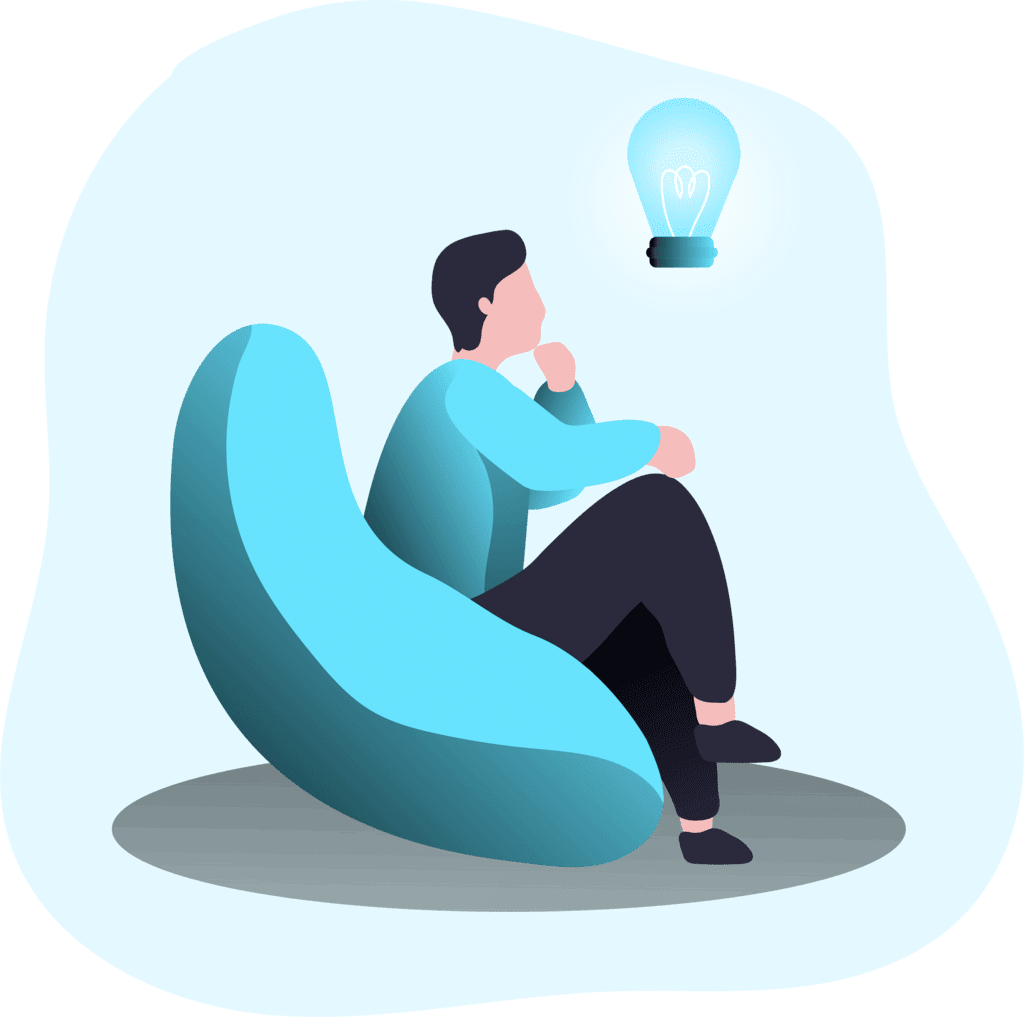
Concepts
- When we encounter a new object, we attempt to comprehend its nature, characteristics, and features by comparing it to existing categories. If it closely matches the features of a particular category, we include it within that category.
- A concept is a mental representation of categories and refers to the collection of ideas and objects that share common properties and features.
Concepts are of two types-
- Natural concepts lack a clearly defined set of features and are based on prototypes.
- Logical concepts are clearly defined by a set of rules or features.
Why is it necessary to form concepts?
Here are some reasons:
- Concept formation helps us to organize our knowledge, making it easily accessible when we need it.
- Forming concepts can save us time and effort.
- By creating concepts, we can streamline our thought processes, making them quicker and more efficient.
The Processes of Thinking
We learned that thinking relies on mental images and concepts as its foundation. Now, let’s explore how thinking operates in a specific context: problem solving.
Problem Solving
Problem solving is goal-oriented thinking to tackle challenges or tasks in daily life. Some problems, like fixing a bike, are resolved quickly, while others, like mending relationships, take more time. Problems aren’t always obstacles; they can be everyday tasks, like preparing a snack for a guest. The process involves starting with the problem, aiming for a goal, and bridging the gap through steps or actions.
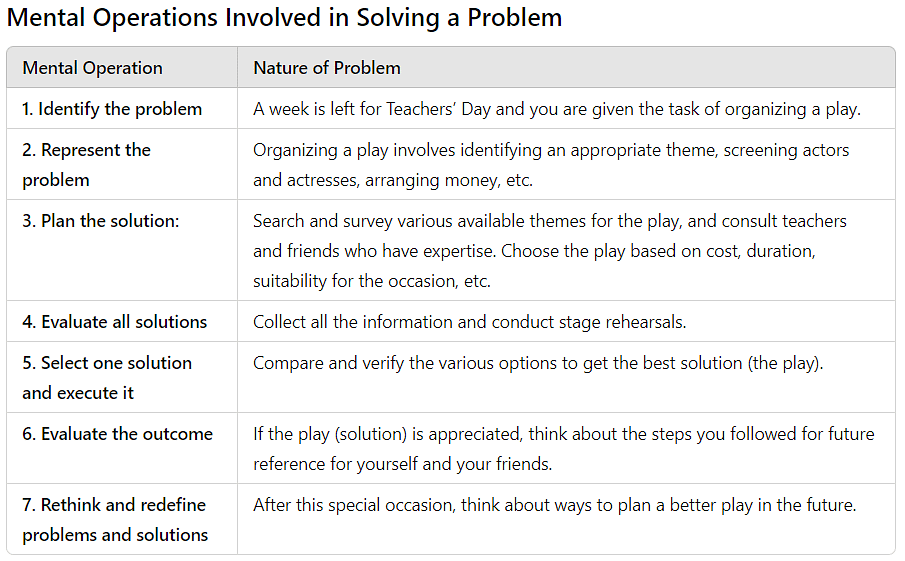
Obstacles to Solving Problems
- A mental set refers to the inclination to solve problems in a way that has already proven effective, which can result in inflexibility that impedes unique problem-solving.
- Functional fixedness in problem solving happens when people struggle to find solutions because they are focused on an object's typical use. For instance, if you’ve ever used a hardbound book to hammer a nail, you’ve successfully overcome functional fixedness.
- Lack of motivation can also impede problem-solving. Even if a person possesses intelligence and a sharp mind, they may struggle to solve problems without motivation.

Reasoning
Reasoning is the process of drawing conclusions based on available information. For example, if you observe someone running on a railway platform, you might infer several possibilities: they could be rushing to catch a departing train, seeing off a friend, or trying to retrieve a forgotten bag. To figure out the exact reason, different types of reasoning, like deductive or inductive, can be used to reach a conclusion.
Deductive and Inductive Reasoning
- We deduce various reasons through both deductive and inductive reasoning.
- Reasoning involves the collection and analysis of information to draw conclusions.
- It is a type of problem-solving that aims to determine the conclusion that can be inferred from provided information.
- Inductive reasoning is the most commonly used form of reasoning, utilized by both scientific professionals and laypeople alike.
- Analogy, which involves four distinct parts, is another form of reasoning.
Decision Making
- Decision-making is a type of problem-solving that involves evaluating multiple alternatives and selecting the best option based on an assessment of associated costs and benefits.
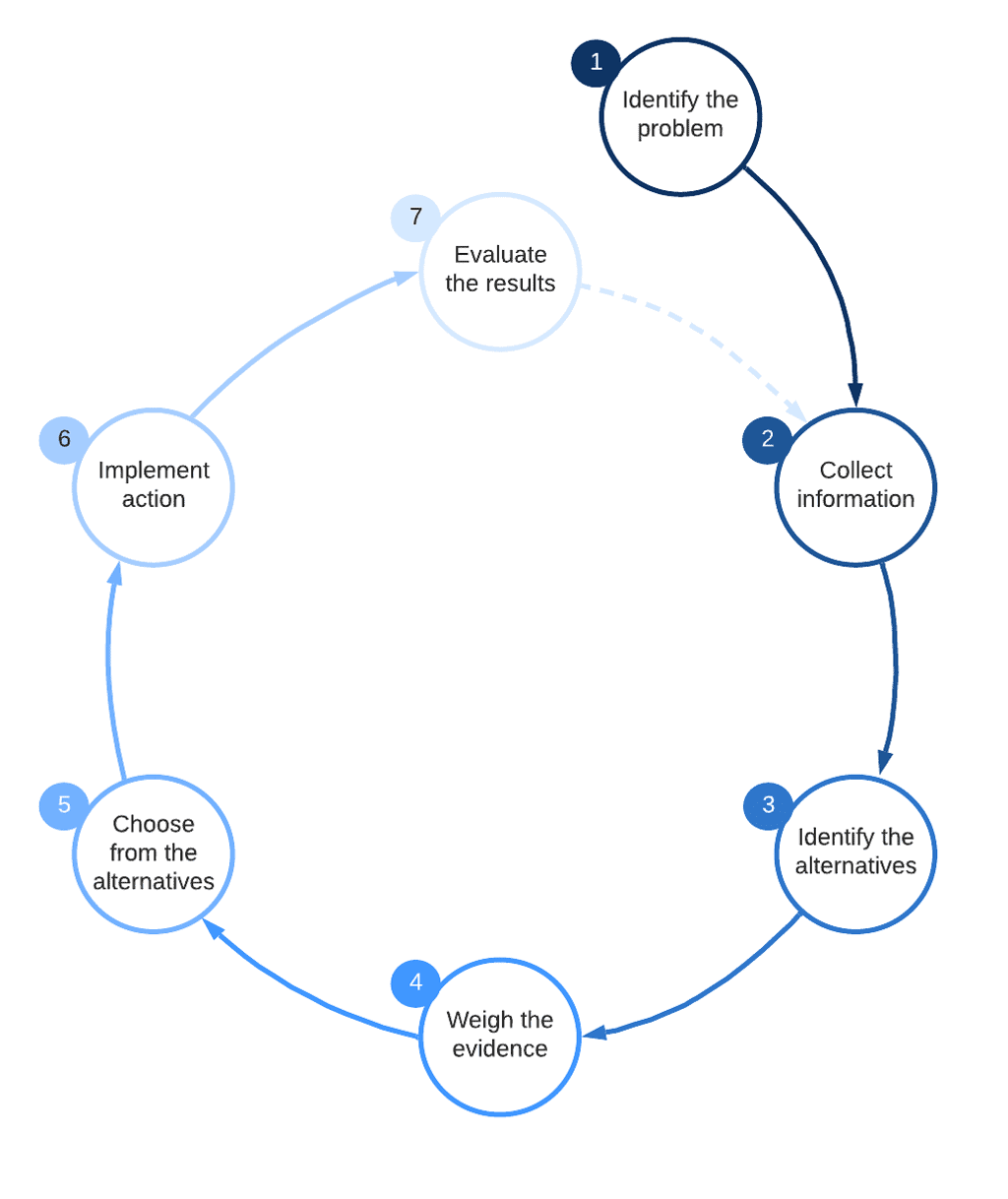
- Judgment and decision-making are related processes, but judgment refers to the process of forming opinions, arriving at conclusions, and making critical evaluations about objects, events, and people based on available information.
Nature and process of Creative Thinking
Creative thinking involves generating original and novel ideas or solutions. It’s not just about thinking differently, but also about adding uniqueness. For example, new models of appliances are not truly original unless they offer something distinct. Creative thinking often leads to "effective surprise," where the result astonishes others. However, it must also be contextually appropriate, not just about being unconventional or fantasy-driven. Researchers agree that creative thinking should be practical, constructive, and socially valuable.
J.P. Guilford, a pioneer in creativity research, introduced two main types of thinking:
- Convergent Thinking: This type of thinking is necessary to solve problems with only one correct answer, where the mind converges to the right solution. An example is solving a number series to find the next number, like 3, 6, 9... the next number being 12.
- Divergent Thinking:In contrast, divergent thinking involves questions with multiple answers. It is open-ended, allowing individuals to explore various solutions based on their experiences. Some examples of questions requiring divergent thinking include:
- What are the different uses of cloth?
- How can a chair be improved for more comfort and aesthetic appeal?
- What would be the consequences of eliminating exams in schools?
- Fluency: This ability involves generating numerous ideas for a given task or problem. Higher fluency is achieved by producing a greater number of ideas, such as brainstorming multiple uses for a paper cup.
- Flexibility: Refers to the variety in thinking, including considering different uses of an object, alternative interpretations, or diverse problem-solving approaches.
- Originality: Originality revolves around producing unique and uncommon ideas by forming new connections, blending old and new concepts, and adopting diverse perspectives. Research indicates that fluency and flexibility are crucial for fostering original ideas.
- Elaboration: This skill enables individuals to delve into details and explore the implications of new ideas, enhancing the depth and richness of their creative output.
Process of Creative Thinking
- The first stage of Creative Thinking is Preparation, in which the problem is clearly defined and information is collected to gain a comprehensive understanding of the problem.
- The second stage of Creative Thinking is Incubation, where one may feel stuck and creative ideas may not occur during conscious thinking, but rather during moments of relaxation.
- Illumination is the third stage of Creative Thinking, characterized by the sudden realization of a solution to the problem.
- Verification is the fourth stage of Creative Thinking, where the solution found during the Illumination stage is tested to determine if it works, and modifications may be considered.
- Finally, if a solution is not reached, the last stage of Creative Thinking is Revision, which involves going back to previous stages and rethinking the problem.
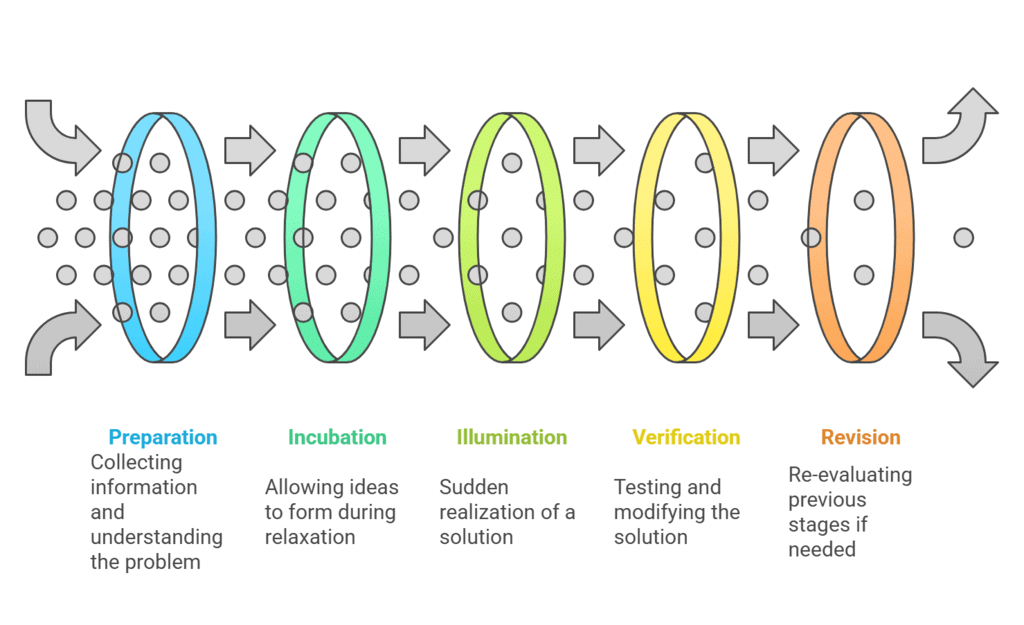
Strategies for Creative Thinking
- Become more aware and sensitive to your surroundings to notice and respond to various stimuli.
- Spot problems, missing information, and anomalies by cultivating a habit of wider reading and exposure to diverse information.
- Generate multiple ideas and solutions for a task to enhance your thinking flexibility.
- Practice Osborn's Brainstorming techniqueto increase fluency and flexibility of ideas.
- Separate idea generation from evaluation to allow free thinking without judgment.
- Play brainstorming games with family and friends to exercise this technique.
Barriers to creative thinking
- Rephrase: Barriers in creative thinking can be characterized as, habitual, perceptual, motivational, emotional and cultural.
- The tendency to be overpowered by habits can be detrimental to creative expressions.
- The perceptual barrier prevent us from being open to novel and original ideas.
- Motivational and emotional blocks shows that creativity is more than cognitive process. Lack of motivation, fear of failure, fear of rejection, poor self concept and negativism may hamper creative thinking.
- Cultural barriers are related to experience adherence to traditions, expectations, conformity, pressures and stereotype. It arises due to fear of being different, social pressure, personal security etc.
Thought and Language
Language as a Determinant of Thought
- The Linguistic Relativity Hypothesis, also known as the Sapir-Whorf hypothesis, was proposed by Benjamin Lee Whorf, which suggests that the language we use has an influence on the content of our thought.
- According to this hypothesis, the language we use plays a significant role in determining the extent to which individuals can think.
Thought as a Determinant of language
- According to Piaget, language is determined by thought, and not the other way around.
- Children create mental representations of the world around them.
- Language serves as a means of expressing and communicating one's thoughts, which are formed independently of language.
- Children can observe and imitate others' behavior without the use of language, indicating the presence of cognitive processes.
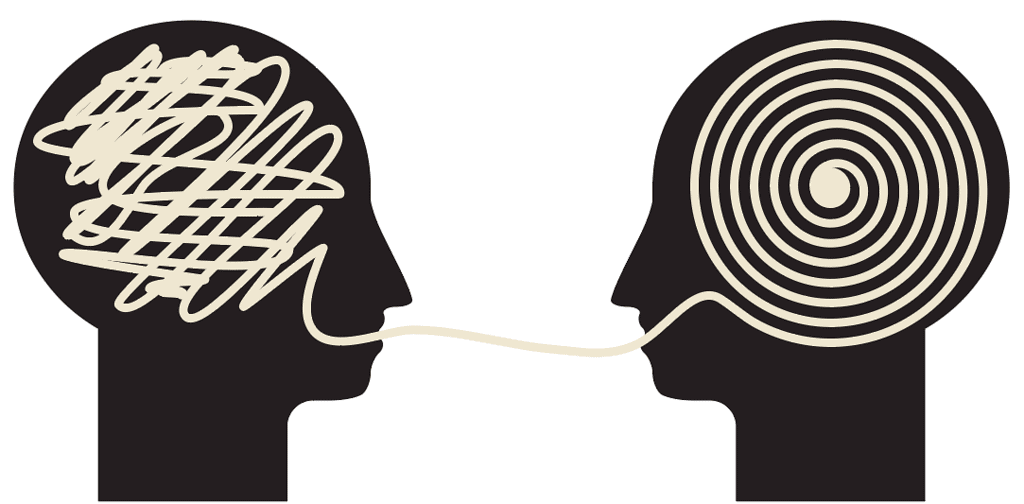
Different origins of language and thought
- According to Lev Vygotsky, a renowned Russian psychologist, language and thought develop independently in a child until around the age of two, after which they start to merge.
- Prior to the age of two, thought is mainly expressed through action rather than language.
- At around two years of age, children begin to express their thoughts verbally and in a more logical manner.
Development of Language and Language Use
Language employs symbols to represent concepts, individuals or objects, and adheres to rules, including the proper sequencing of words. Its main function is to express one's thoughts, emotions, and ideas to others. Individuals who are unable to communicate through oral speech utilize sign language, a language form based on gestures and symbols, to convey their message.Development of Language
Compared to other animal communication systems, human language is more intricate, inventive, and unforced.
Stages of Language Development are elaborated below:
- During the initial stages of language development, newborns and young infants produce various sounds that gradually transform into words. The first sound they make is crying, which is similar in different situations, and pitch and intensity changes indicate different states like hunger or pain.
- At approximately six months of age, infants enter the babbling phase, where they repeat a variety of vowel and consonant sounds.
- By about nine months of age, these sounds become more elaborate and form repetitive sound patterns, such as "dadada."
- When children reach their first birthday, they typically enter the one-word stage, where their first word usually consists of one syllable, such as "ma" or "pa."
- Around 18-20 months of age, children enter the two-word stage, characterized by telegraphic speech that mainly includes nouns and verbs.
- As they approach their third birthday, which is around 2.5 years of age, children's language development shifts towards understanding the rules of the language they hear, known as syntactic development.
How language is Acquired?
- The nature-nurture debate often includes a nativist position that language acquisition is primarily determined biologically.
- According to behaviourists like B.F. Skinner, language development follows principles of learning such as association, imitation, and reinforcement based on operant conditioning.
- Noam Chomsky proposed that children possess a language acquisition device (LAD) at birth, which includes knowledge of universal grammar.
Language Use
- Language use involves understanding socially appropriate ways of communication beyond vocabulary and syntax.
- Effective communication requires language to be pragmatically correct and contextually appropriate.
- Children often struggle with selecting polite expressions, making their requests sound like demands.
- Children also face challenges in taking turns during conversations.
|
43 videos|88 docs|18 tests
|
FAQs on Thinking Class Class 11 Psychology
| 1. What is the definition of 'Thinking' in psychology? |  |
| 2. What are the building blocks of thought? |  |
| 3. What are the main processes involved in thinking? |  |
| 4. How does creative thinking differ from other types of thinking? |  |
| 5. What strategies can be used to enhance creative thinking? |  |

















